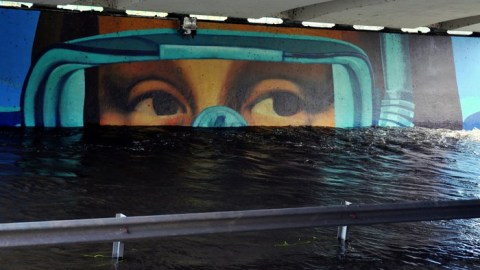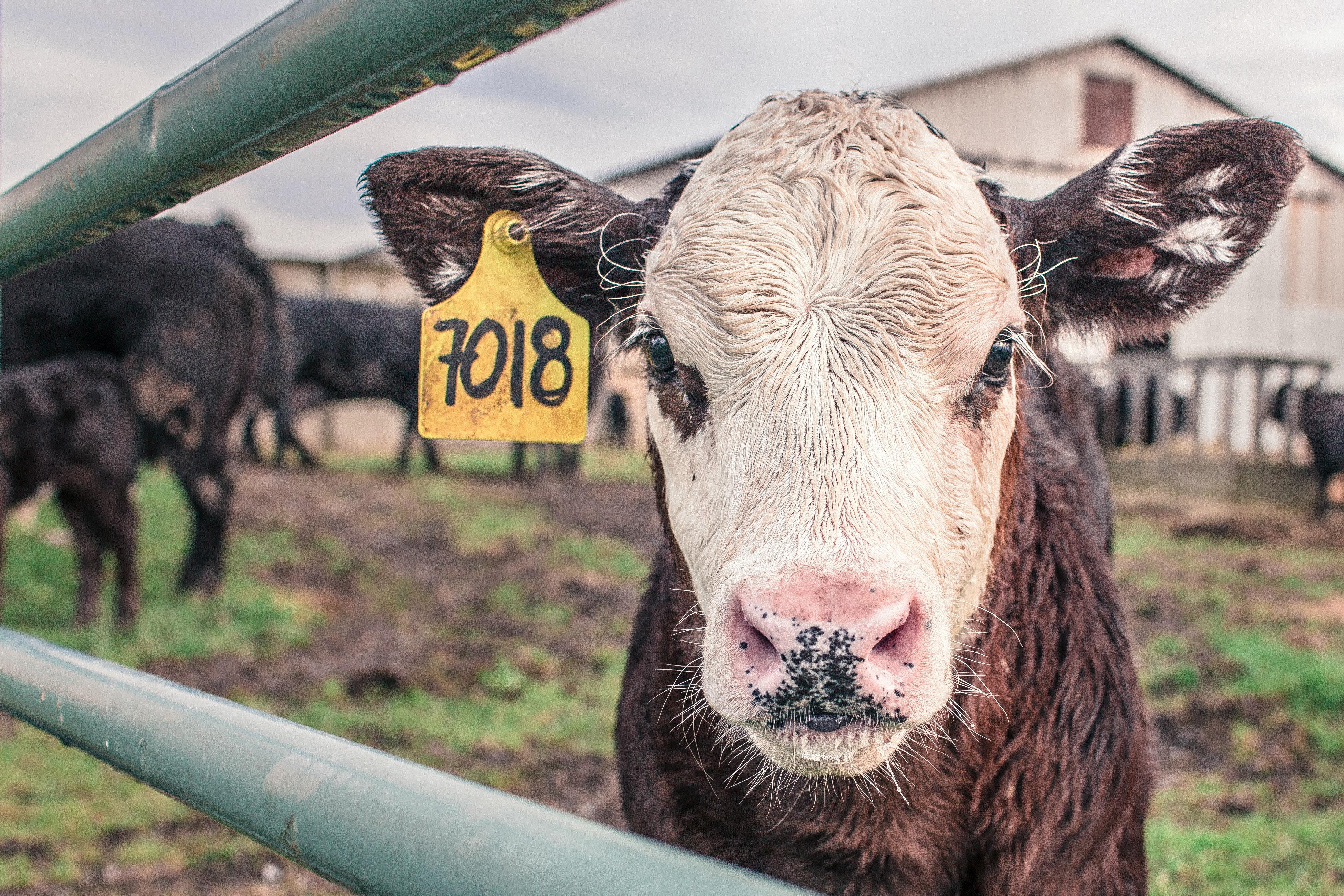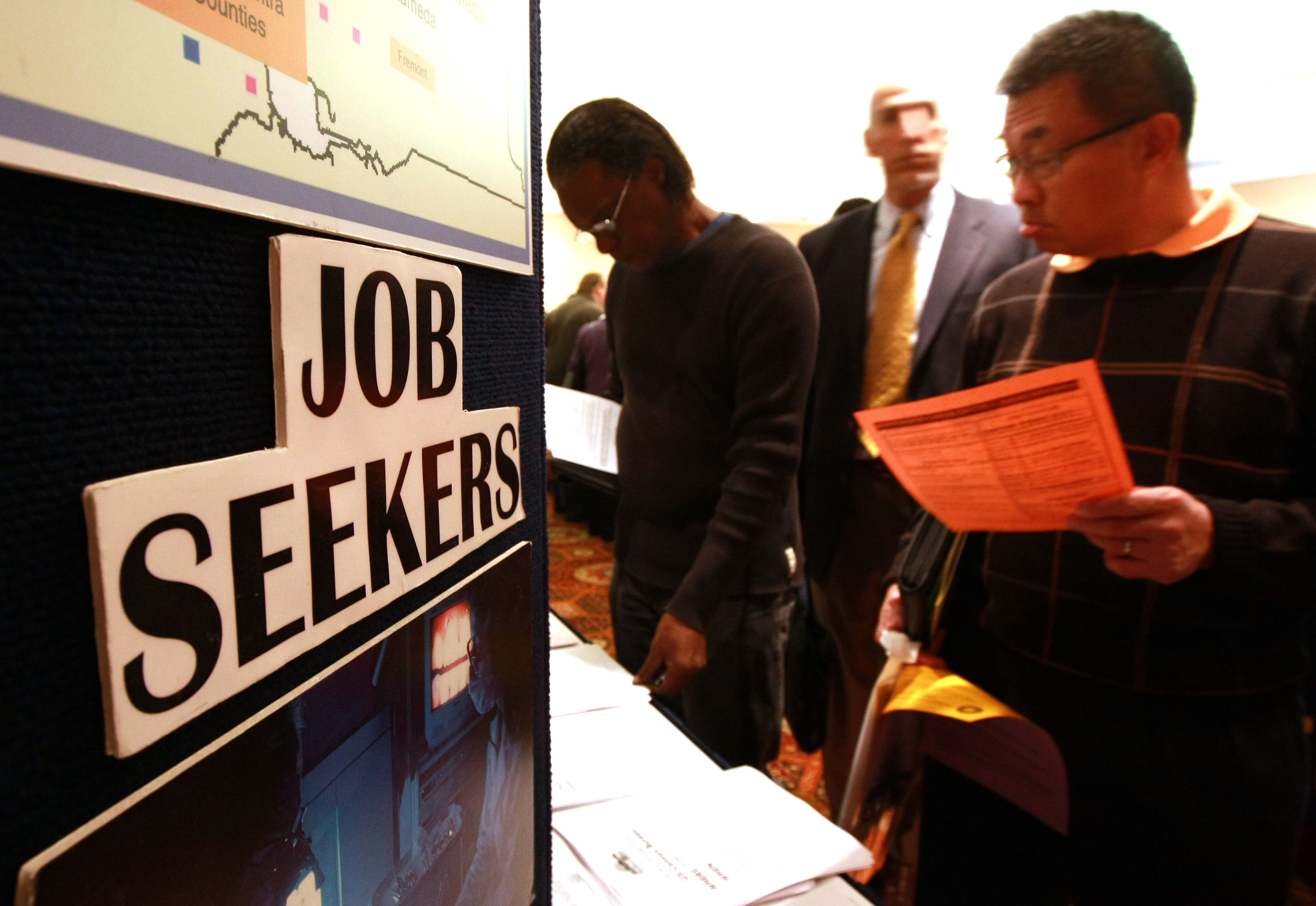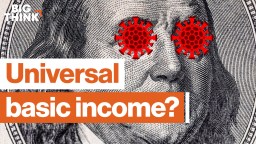How a 3-Day Weekend Can Curb Climate Change

Universal Basic Income (UBI) and the movement towards a shorter work week is not just a solution to inequality, but one also aimed at stabilizing the environment, writes Professor Greg Marston, from the School of Social Science at The University of Queensland.
In his essay for the Green Institute, ‘The Environmental Impacts of a UBI and a Shorter Working Week‘, Marston outlines how the process and debate surrounding UBI allows us to confront difficult questions within our society about how we live and work now, and how we should be living and working. After all, how do we give everyone access to a better life?
Many countries around the world have begun experimenting with the idea, including the Netherlands, Finland, and Canada. The results of these studies are still pending. However, a review of the data from a study done in the 1970s in Manitoba, Canada revealed just how much some extra cash can do to correct inequalities early on.
The data revealed there was a 9 percent reduction in working hours among new mothers and teen boys. The new mothers used the extra cash to extend their maternity leaves and spend more time with their babies, and teenage boys no longer had to drop out of school to support their families, resulting in more boys graduating with high school degrees. These families could afford to keep their sons in school because of basic income.
A UBI has the power to change much of what we might consider our consumer culture, tipping our values in a different direction, says Marston, one less reliant on materials. “We might see less reliance on the daily commute from the urban fringe to the city center to work during the week, and on the weekends people may also rely less on traveling to shopping malls to spend their disposable income on a mix of necessities and luxuries alike.”
A shorter work week would help further these carbon reductions, argue economists David Rosnick and Mark Weisbrot. For example, they say, if the United States were to adopt standard European working hours, the U.S. could reduce emissions by 7 percent, according to their report.
There’s even further evidence for how a three-day weekend can affect energy consumption. Back in 2007, Utah shortened the work week to four days for its state employees. It extended its Monday to Thursday hours and eliminated the Friday workday.
“In its first ten months, the move saved the state at least $1.8 million in energy costs. Fewer working days meant less office lighting, less air conditioning, and less time spent running computers and other equipment—all without even reducing the total number of hours worked.”
However, normal hours resumed for state employees back in 2011 after complaints of being unable to access services on Fridays. People weren’t used to being barred access to certain services on a Friday, but if this policy were adopted evenly across the state, perhaps it would have been better received.
Like all radical new policies and ideas, our society will need to engage with them by asking for evidence. Is this policy sustainable and does it provide us with a better lifestyle?
“Whatever specific social policy reforms are debated and adopted in the future,” Marston writes, ”the justification for ‘welfare’ will need to be reframed in terms of human security and genuine sustainability, rather than facilitating labor market participation at whatever personal and environmental cost.”





